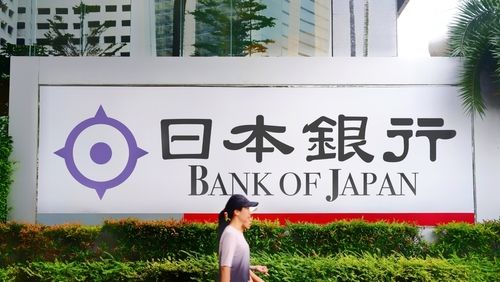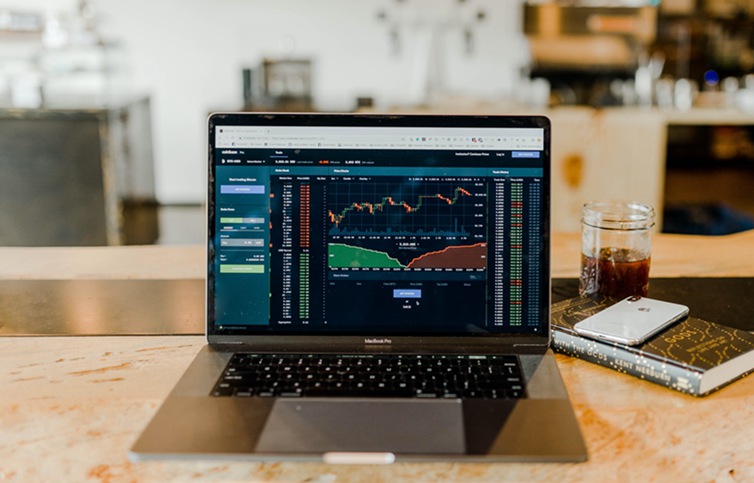London copper rises as positive China data outweighs tariff woes

SHANGHAI, April 1 (Reuters) - Copper prices in London rose on Tuesday, as positive Chinese economic data outweighed concerns about a potential global trade war triggered by impending reciprocal tariffs from U.S. President Donald Trump.
The Caixin/S&P Global manufacturing PMI released on Tuesday climbed to 51.2 in March from 50.8 in the previous month, driven by increased demand and strong export orders, reflecting a growth in manufacturing despite potential threats from the escalating U.S. trade war.
The benchmark three-month copper CMCU3 on the London Metal Exchange (LME) rose 0.2% to $9,733 per metric ton, as of 0154 GMT.
Trump announced on Sunday that the reciprocal tariffs he plans to introduce this week will apply to all nations.
"Everyone is closely watching What President Trump is set to announce tomorrow. This has led to a risk-off sentiment due to the looming uncertainties." a base metals trader said.
Copper prices also find support from a shortage of copper concentrate, which has resulted in negative copper concentrate processing treatment and refining charges (TC/RCs).
TC/RCs, a key source of revenue for smelters, are a gauge of availability for copper concentrates used in the production of refined copper. Lower TC/RCs implies tight supply.
Shanghai Metals Market copper concentrates TC/RC index was -$24.14 per ton and -2.41 cents per pound on March 28.
Meanwhile, tin prices SSNcv1 on the Shanghai Futures Exchange is the outperformer, rising by 0.4% to 287,170 yuan, due to fears of supply disruptions from an earthquake in tin-rich Myanmar last Friday.
Among other metals, LME aluminium CMAL3 added 0.3% to $2,540 a ton, lead CMPB3 eased 0.1% to $2,010, zinc rose 0.2% to $2,857, tin CMSN3 gained 0.2% to $36,730 and nickel CMNI3 was up 0.7% to $16,035 a ton.
SHFE copper SCFcv1 slid 0.5% to 79,890 yuan ($11,009.53)a ton, SHFE aluminium SAFcv1 fell 0.4% to 20,450 yuan a ton, zinc SZNcv1 dropped 0.1% to 23,490 yuan, lead SPBcv1 lost 0.2% to 17,370 yuan, nickel SNIcv1 lost 1.1% to 129,080 yuan.
($1 = 7.2628 Chinese yuan renminbi)




